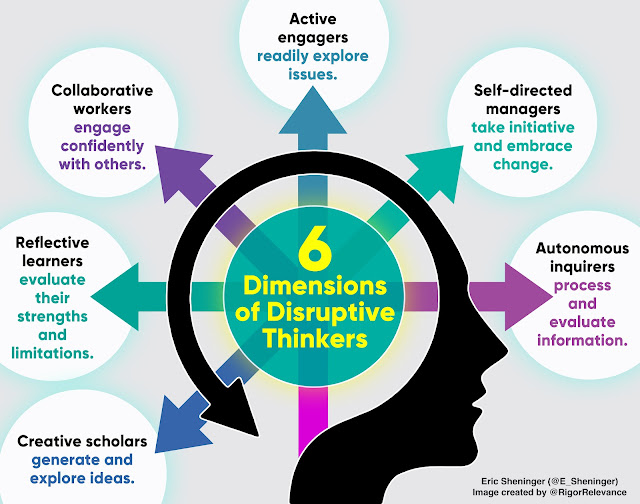In my coaching work, suggestions typically arise for ideas on implementing various personalized strategies effectively at the primary level (PreK – 1). While choice, in my opinion, might not be the most developmentally appropriate option, I do see station rotation (or centers) as a viable option. Establishing engaging and educational station activities for primary-age students in the English Language Arts (ELA) curriculum is essential for fostering literacy skills, including reading, writing, listening, and speaking. Stations allow young learners to explore and practice these skills at their developmental level through purposeful play and hands-on activities. At the same time, the teacher can pull small groups for targeted instruction or support.
Recently, I was asked by some Kindergarten teachers at Howell Elementary School in Tennessee during one-on-one coaching sessions about ELA-specific stations that would be great for young learners. The conversation provided the spark for this blog post.
Here are several practical ideas that can be effective and enjoyable for primary students:
Sight Words Station: Little learners engage in tasks to recognize and practice high-frequency words. Implement interactive games like sight word bingo, memory match, and word fishing (using a small fishing rod with magnets to "catch" words written on paper fish).
Phonics and Word Families Station: Students learn to build phonemic awareness and understand word families. They can use sorting games where students group words by their beginning sounds or word family endings. Consider incorporating simple CVC (consonant-vowel-consonant) word-building activities with letter tiles or magnets.
Technology Station: Here is a great way to integrate digital literacy and acquire data using adaptive tools when appropriate. Use tablets or computers with ed-tech tools focused on ELA skills, such as letter recognition, phonics games, or digital storytelling tools.
Alphabet Station: Students learn to recognize and practice letters and sounds. Activities can include magnetic letters, alphabet puzzles, and letter-matching games. They can work on identifying letters, matching uppercase to lowercase, and producing letter sounds.
Listening Station: Students learn to develop listening comprehension and focus. Try setting up a listening center with headphones and a variety of age-appropriate audiobooks. Include follow-up activities related to the stories, such as drawing a scene from the story or answering simple questions.
Writing and Drawing Station: Students actively practice writing skills and express creativity. Provide various writing materials like paper, notebooks, pencils, markers, and crayons. Include prompts or story starters, and encourage students to draw pictures related to their stories.
Reading Nook: This station encourages a love for reading while improving fluency. Teachers can create a cozy corner with a range of picture books, early reader books, and thematic books related to current classroom topics. Rotate books regularly to keep the selection fresh and engaging.
Drama and Role Play Station: Students work to enhance speaking skills and imagination. Set up a mini-stage area with costumes, props, and puppets. Students can retell familiar stories, perform improvised scenes, or use puppets to create narratives.
Poetry and Rhyme Station: Your learners work to enjoy the rhythm and rhyme of language. Offer poetry books, nursery rhymes, and songbooks. Include activities like rhyming matching games, building simple rhymes, or creating class poems.
Sensory Writing Station: Students practice letter formation and fine motor skills. Provide trays with sand, shaving cream, or salt for students to write letters and words with their fingers or small writing tools.
For each station, it's essential to provide clear instructions and rotate activities regularly to keep students engaged and challenge their learning. Additionally, adapting each station to meet primary students' diverse needs and learning preferences will ensure that all children can participate and benefit from these ELA station activities. Here are some tips to help you develop station rotation effectively:
- Develop a template and share it on-screen with context
- Integrate a timer
- Use available data to group/regroup and target instruction
- Integrate an adaptive learning tool
- Keep rotations between 3-4
- Use an exit ticket (2-3 scaffolded questions/problems) at the end of the block for accountability
Effective and engaging ELA station activities for primary students are crucial for developing literacy skills. Although choice may only sometimes be developmentally appropriate for learners in PreK to Grade 1, station rotation offers a structured yet flexible method of instruction. These stations encourage skills ranging from letter recognition to creative expression and fine motor skills, all tailored to young learners’ developmental levels. Providing clear instructions and regularly updating activities are vital to maintaining engagement and addressing the diverse needs of the students.








